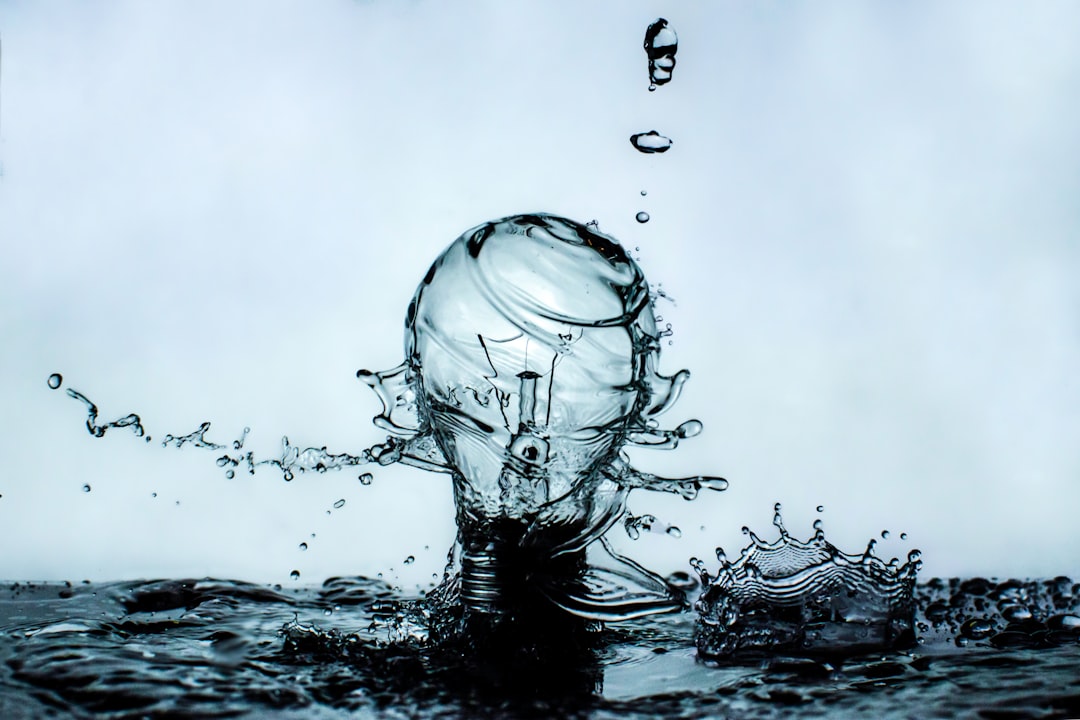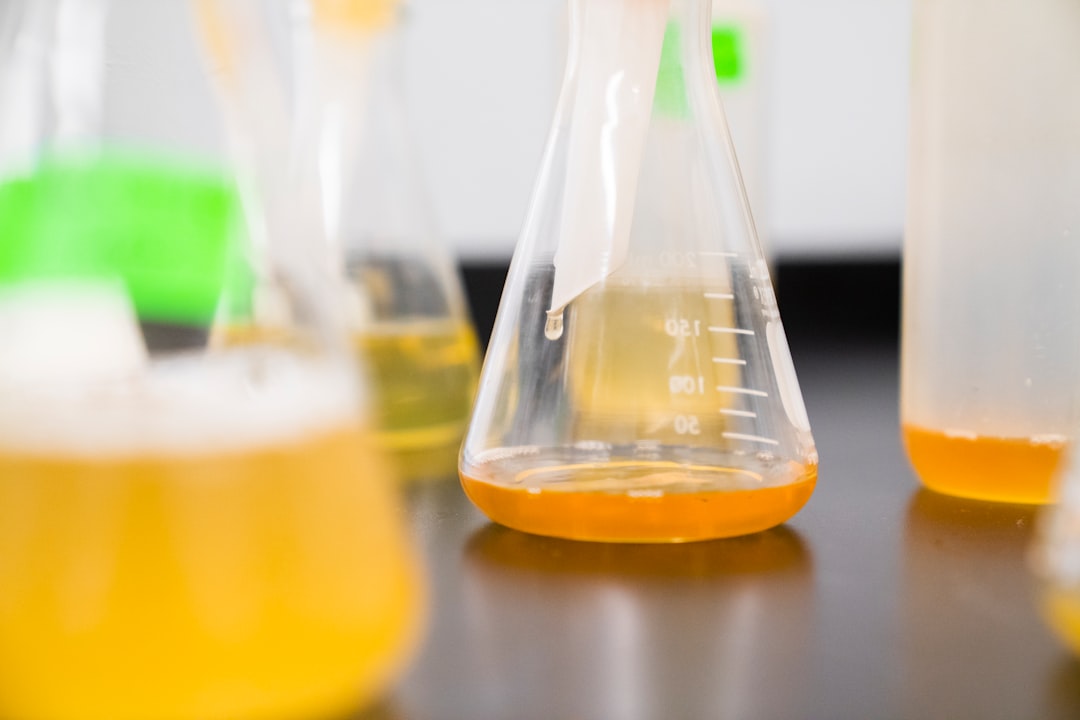What is it about?
Visualizing the amounts of various chemicals / elements in a cell can be revealing. Not always it is possible. But some compounds can change their color or emit light when they react with a chemical or element and help us visualize the chemical they are interacting with. As zinc is present in very small amounts you need a compound that would send a strong signal on interacting with zinc. We have accidentally discovered a compound that can react with zinc very efficiently and emit a green color if a laser light is shone on it.
Featured Image

Photo by JR Korpa on Unsplash
Why is it important?
Visualizing elements and chemicals are important as they reveal the health of the cell. Cancer for example is typically a disease where the balance of various factors such as pH, metal concentration, proteins and oxygen levels change. If one can visualize these changes, one can use these techniques to differentiate normal cells from cancer cells.
Perspectives
This paper is a proof of concept study and is not at a stage where it can be used immediately to distinguish cancer cells from normal cells. Nevertheless, it is important and shows that such chemicals are available encouraging the search for better molecules.
Professor Ashoka G Samuelson
Indian Institute of Science
Read the Original
This page is a summary of: Imaging Intracellular Zinc by Using a Glyoxal Bis(4‐methyl‐4‐phenyl‐3‐thiosemicarbazone) Ligand, European Journal of Inorganic Chemistry, June 2013, Wiley,
DOI: 10.1002/ejic.201300324.
You can read the full text:
Contributors
The following have contributed to this page










